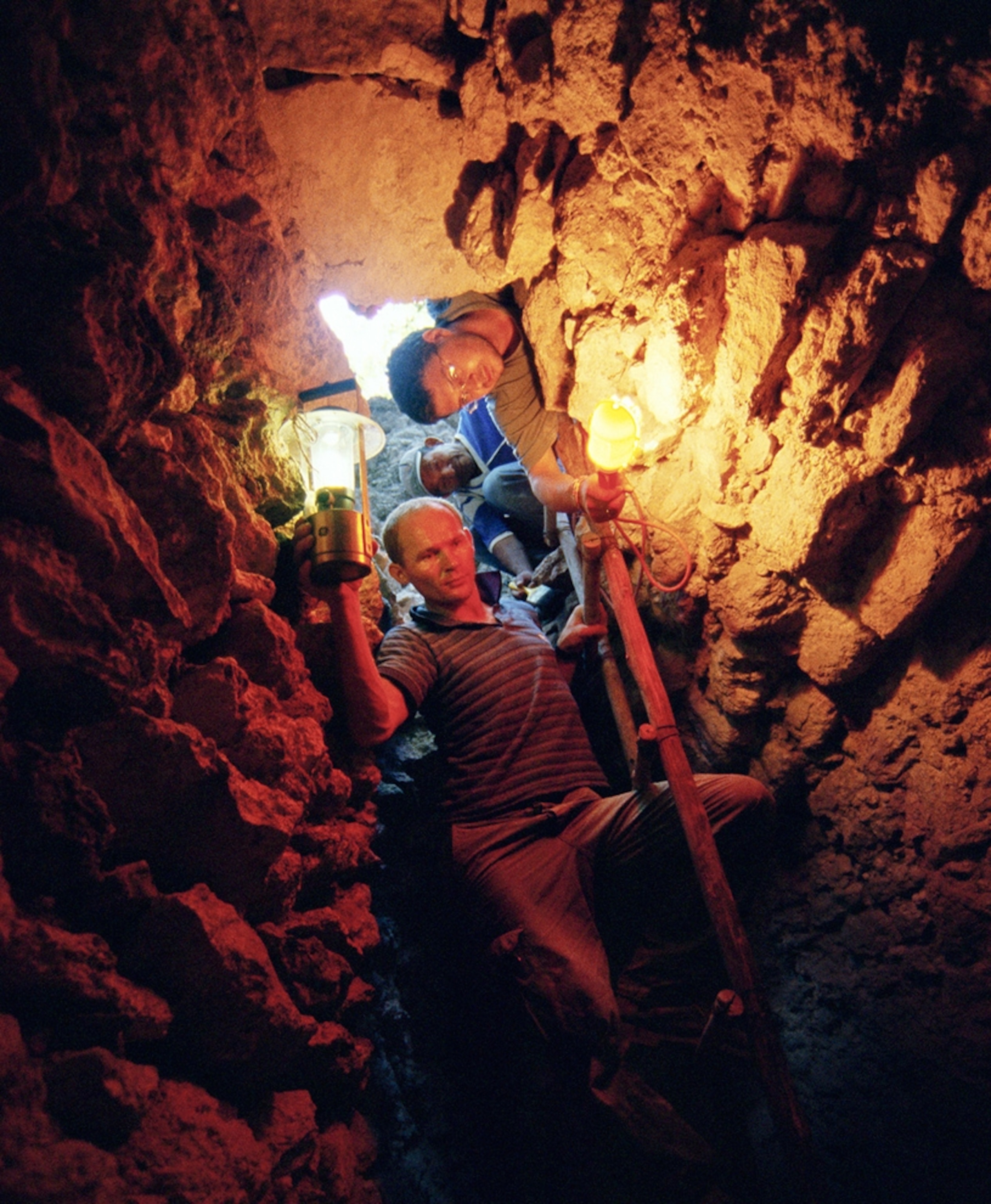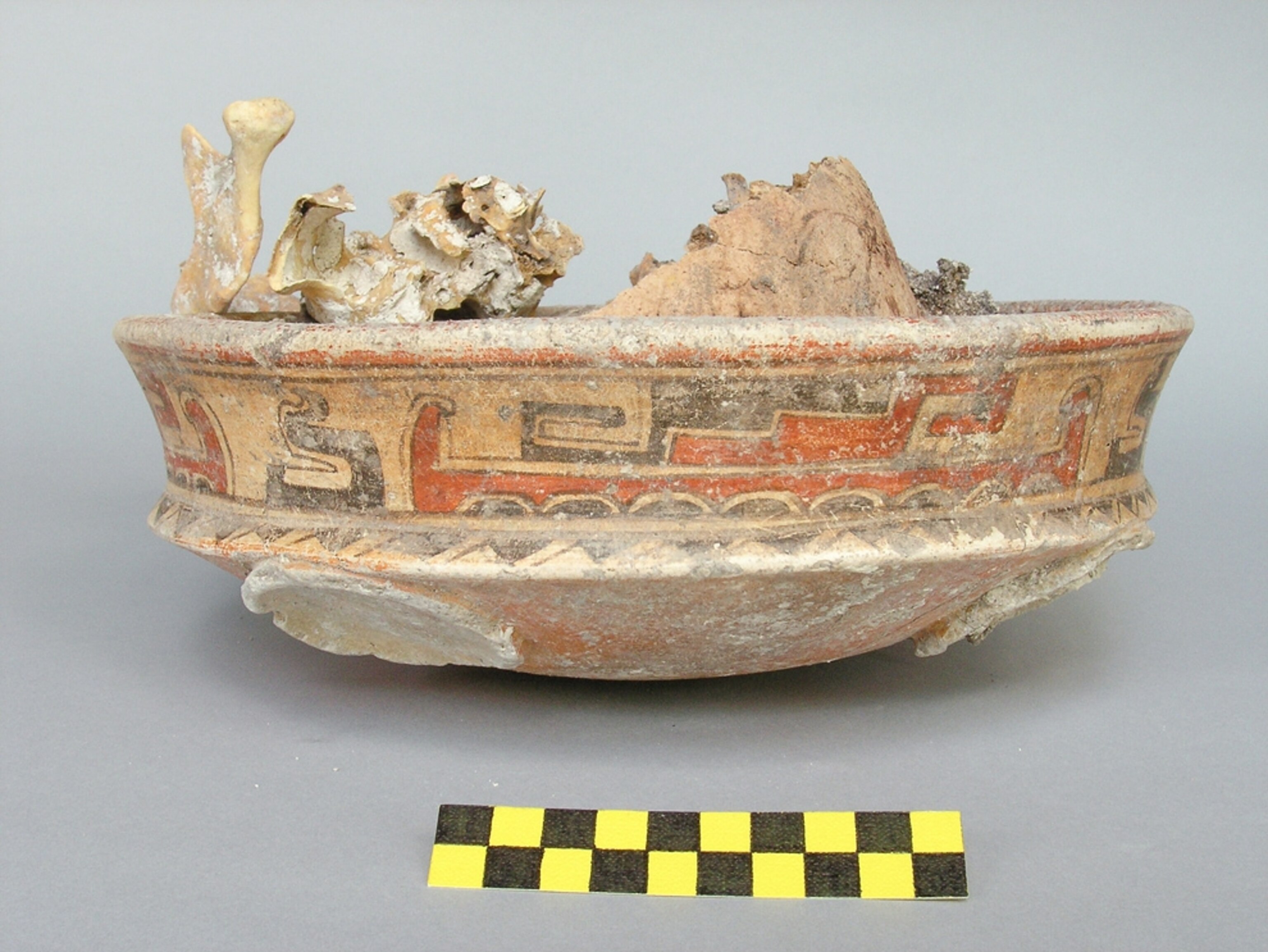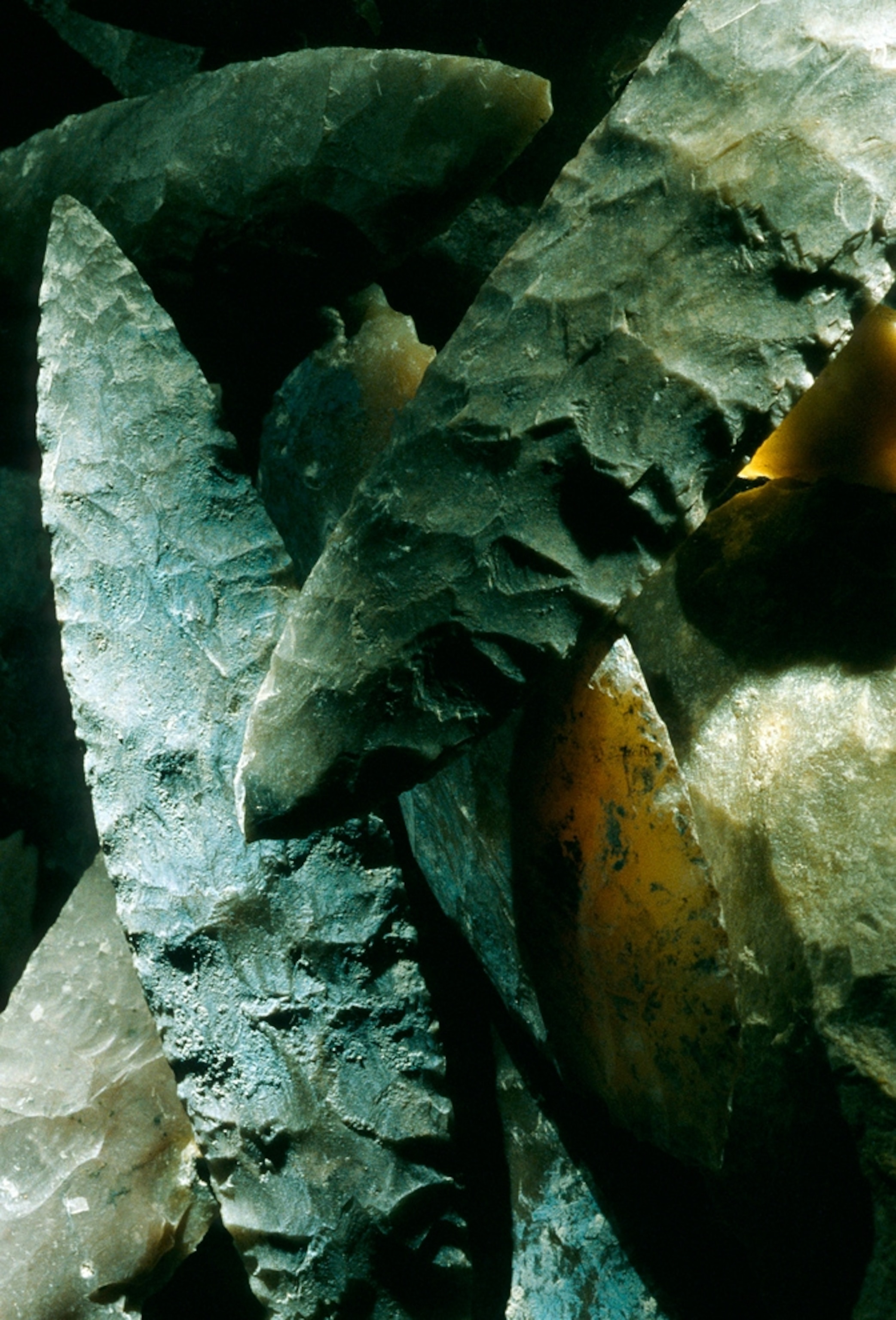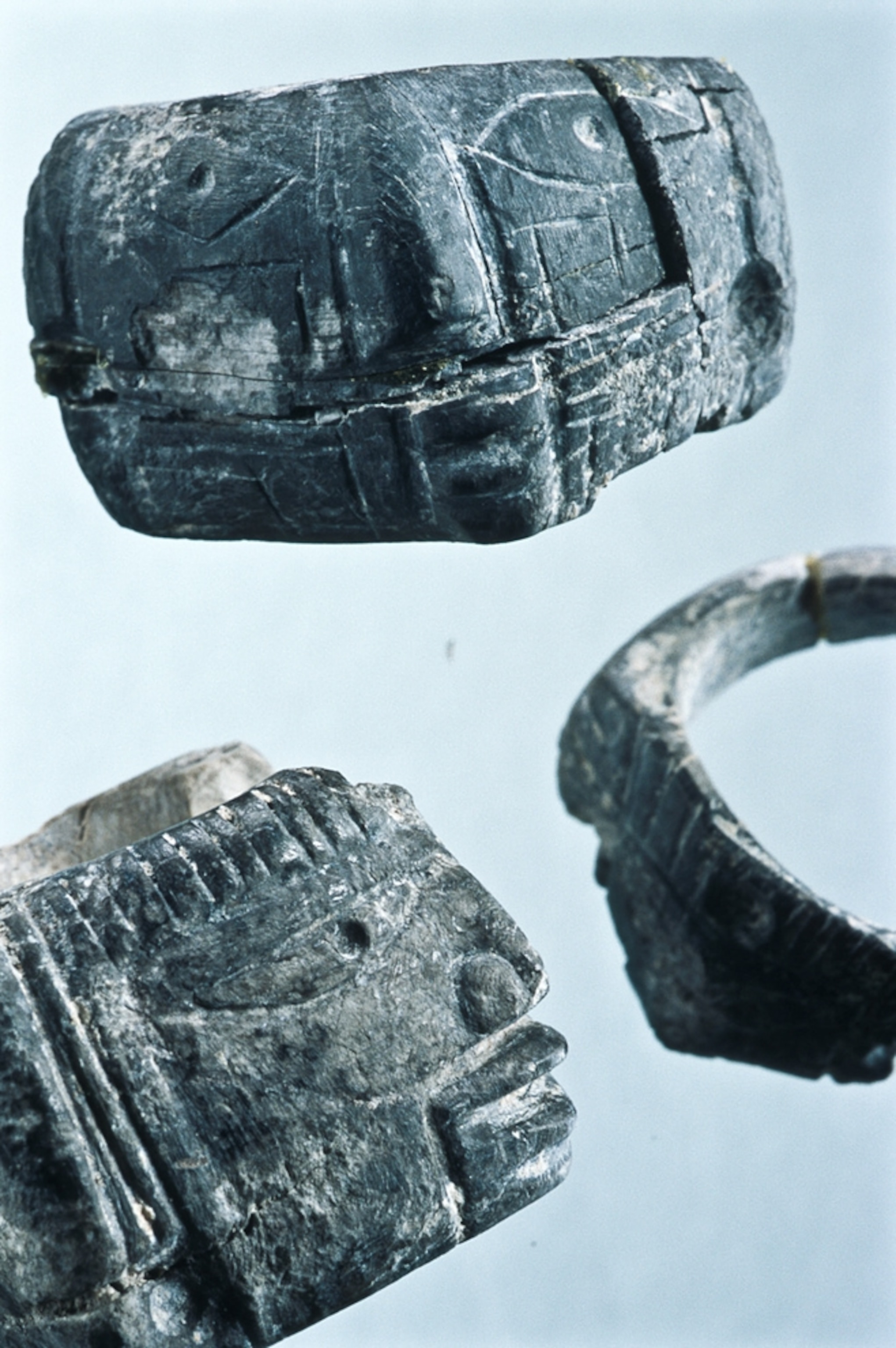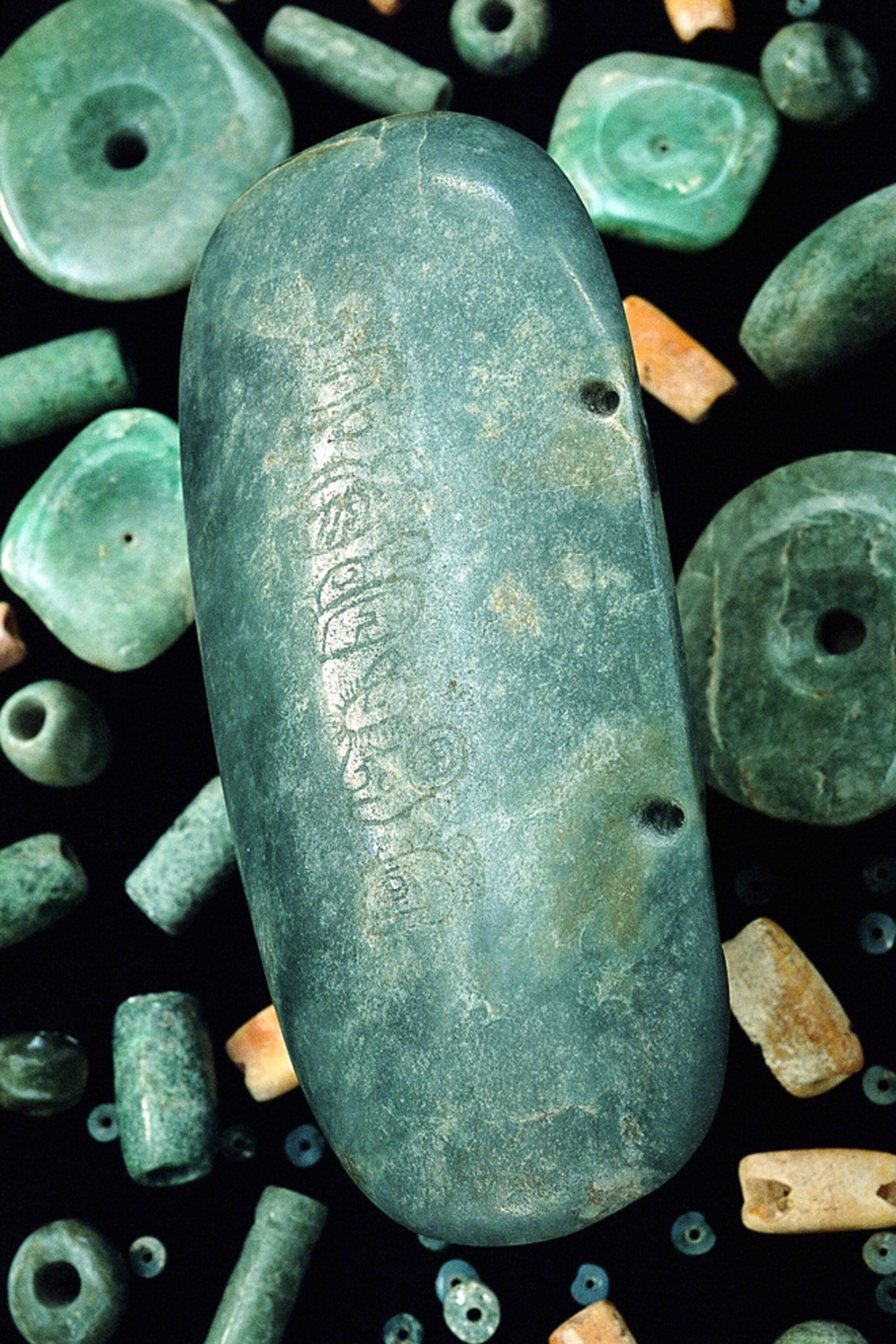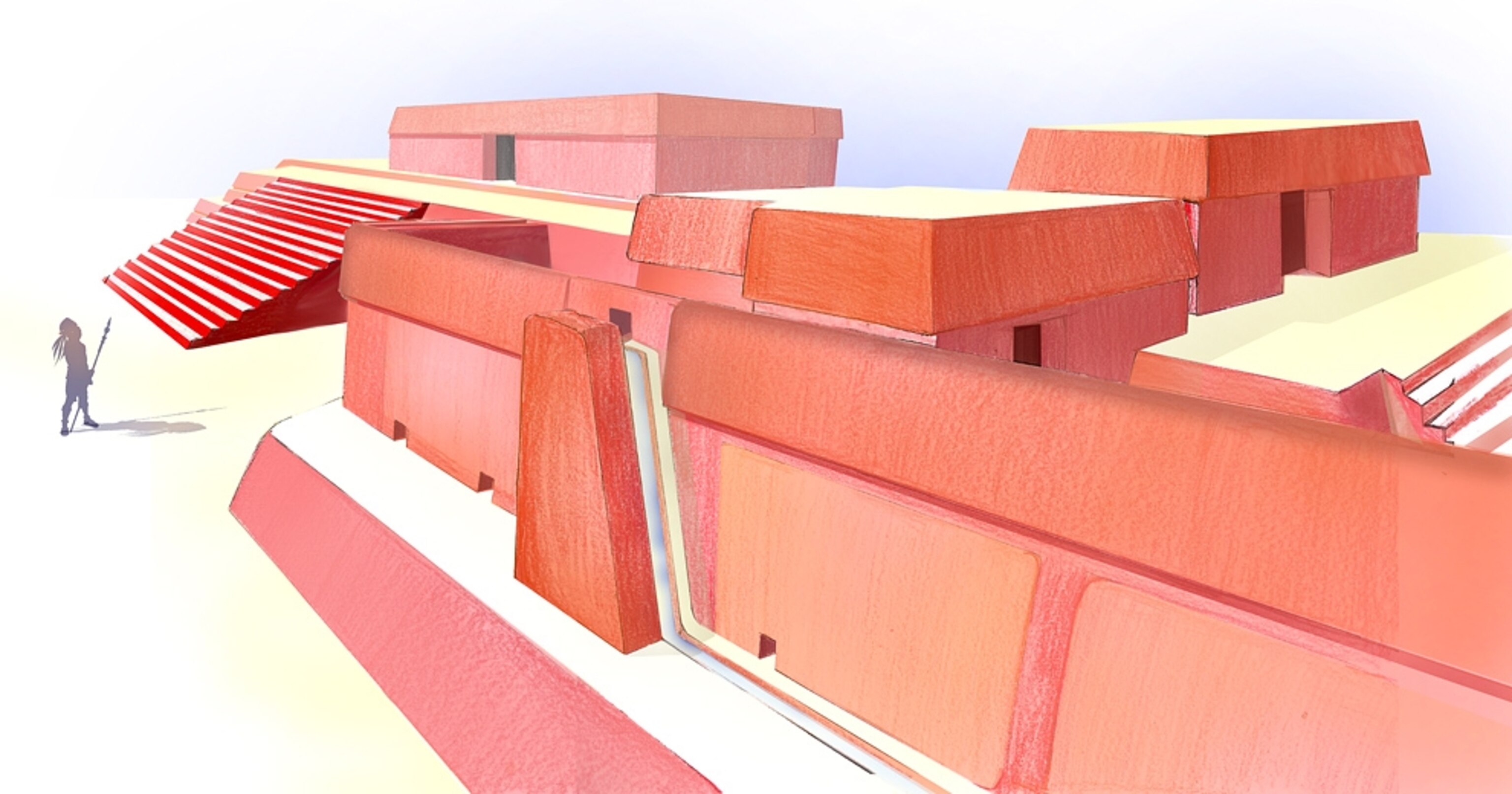1 of 8
Photograph courtesy Wiesław Koszkul, Nakum Archaeological Project
Pictures: Maya Royal Tombs Found With Rare Woman Ruler
Two royal tombs—one containing a rare female ruler—have been discovered at Maya ruins in Guatemala, a new study says.
September 23, 2011

